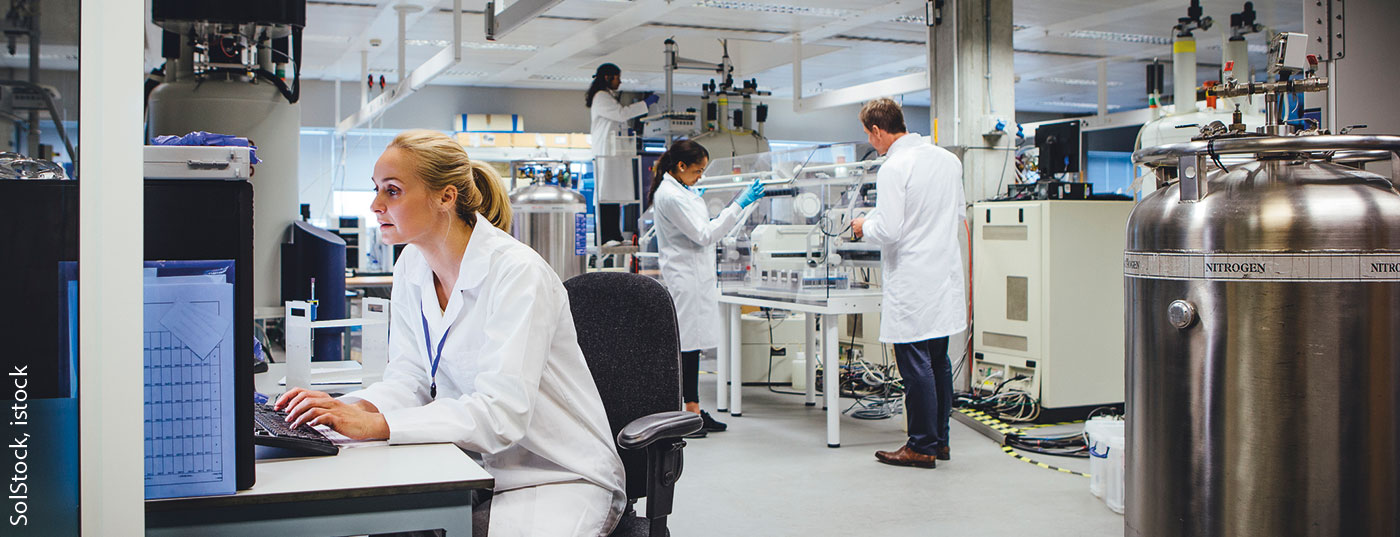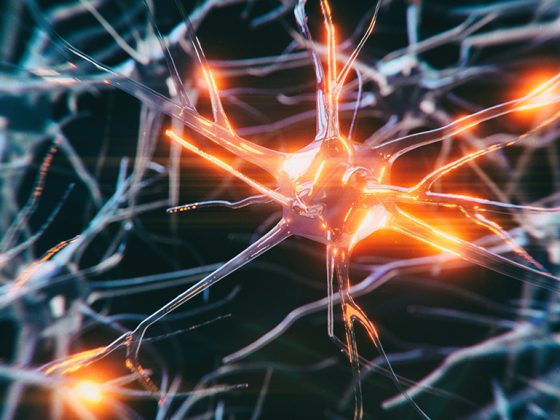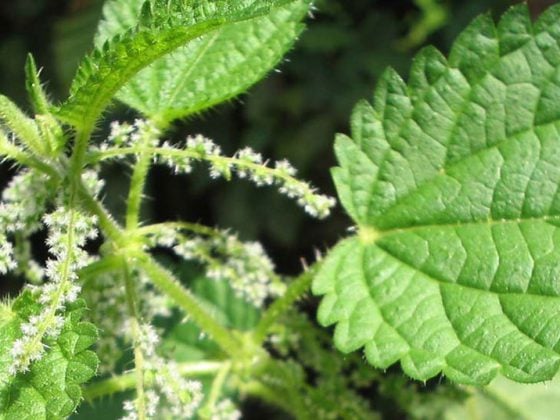In addition to non-steroidal topical therapy alternatives from the field of “small molecules” for the indication areas psoriasis and atopic dermatitis, significant progress has also been made with regard to new treatment options for blister-forming autoimmune diseases. It will be interesting to see what happens next.
Like many other events, the AAD Annual Meeting this year took place virtually. Prof. Dr. Thomas M. Kündig, Director of the Department of Dermatology, University Hospital Zurich, presented some highlights of the late-breaking abstracts at the virtual SGDV 2020 Annual Congress [1].
Roflumilast very effective especially in intertriginous psoriasis
In contrast to the PDE4 inhibitors currently available for the treatment of psoriasis, Roflumilast can be applied topically as a cream. Especially for intertriginous areas, an effective and well-tolerated topical treatment alternative to previous preparations is very interesting. The cortisone creams and vitamin D analogs available to date have limited use for this indication due to side effects. In a phase IIb study in psoriasis patients with an IGA* ≥2 (n=331), excellent results were obtained with roflumilast [2]. After 6 weeks, a significantly higher proportion of patients in the treatment arm (roflumilast 0.3% or 0.15%, once daily) achieved an IGA score of 0 or 1 compared with placebo. This showed a rapid response to therapy with significant differences as early as week 2. With regard to the difficult-to-treat intriginous area, more than 90% of patients treated with Roflumilast 0.3% were free or nearly free of appearance at week 12. The topical PDE4 inhibitor proved to be well tolerated, with no severe side effects. These advances in the field of topically applicable small-molecule agents as an alternative to steroid-containing topical topicals in particular are very gratifying, said Prof. Kündig. Roflumilast is currently being tested for the treatment of scalp psoriasis, among other indications.
* IGA = Investigator’s Global Assessment
Crisaborol proves its worth in atopic dermatitis
Crisaborol Ointment 2% is also a steroid-free, topical PDE4 inhibitor which has already been on the market for several years in the USA and Canada for the indication area of atopic dermatitis under the trade name Eucrisa®. Recent findings confirm the evidence-based efficacy of this nonsteroidal topical therapy in adults and children with mild to moderate atopic dermatitis [3,8]. This year, the European Medicines Agency (EMA) also granted marketing authorization to crisaborole under the trade name Staquis® for the treatment of mild to moderate atopic dermatitis in adults and pediatric patients aged 2 years and older when ≤40% of body surface area (BSA) is affected [4]. The majority of patients with atopic dermatitis suffer from a mild form of the disease. The potent anti-inflammatory effects of crisaborole are due to inhibition of secretion of various cytokines. At present, the corresponding preparations are considerably more expensive than topical cortisone preparations.
Epidermolysis bullosa hereditaria: intravenous gentamicin.
Autosomal recessive dystrophic epidermolysis bullosa (RDEB) and junctional non-dystrophic epidermolysis bullosa (JEB) are both hereditary epidermolyses. Genotypically, mutations in genes for structural proteins, among others, are characteristic. Previous findings demonstrate that treatment with topical gentamicin induces new, functional structural proteins; specifically, these were type VII collagen and laminin-332. In addition, wound healing improved. A new study has now shown that intravenously administered gentamicin is also an effective and safe treatment option. In this study, four patients with RDEB and three patients with JEB were treated with a daily infusion of 7.5 mg/kg gentamicin for a period of 14 days. At the measurement time points 1 month and 3 months after baseline, all RDEB patients showed new and increased expression of type VII collagen, and all three JEB patients showed an increase in laminin-332. In addition, wound healing and other clinical features improved. The treatment was well tolerated and no autoantibodies were measurable against the newly formed laminin-332 or against type VII collagen. “The fact that you can now treat intravenously rather than just with creams is certainly interesting for large-area problems,” says Prof. Kündig, summarizing the results.
BTK inhibitor: promising phase II results in pemphigus vulgaris
Pemphigus vulgaris is also one of the rare diseases. The average age at first manifestation is in the range of 50-60 years, although cases with childhood onset have also been described. This chronic autoimmune disease of the skin is characterized by blistering of the outer layer of the skin and mucous membranes. There is a need for therapies with good efficacy-safety profiles. High-dose steroids are effective but have significant side effects. Alternatively, the immunosuppressive agent rituximab can be used, although cortisone treatment must be continued during this time and susceptibility to infection increases. Rilzabrutinib (alternative name: PRN 1008) is an oral reversible Bruton tyrosine kinase (BTK) inhibitor. In part A of the BELIEVE-PV trial, rilzabrutinib therapy resulted in control of disease activity in 75% of study participants at week 12 and complete remission in 17%, which persisted during the treatment-free follow-up phase [6]. The results of Part B of the BELIEVE-PV study presented at this year’s virtual AAD Annual Meeting confirmed this good record [7]. Fifteen patients in the age range of 18-80 years with newly diagnosed mild to moderate pemphigus vulgaris or a corresponding relapse received oral rilzabrutinib monotherapy or corticosteroids at doses ≤0.5 mg/kg/day for a period of 24 weeks with a 4-week therapy-free follow-up period. Rilzabrutinib was administered at the initial dose of 400 mg 1×/d with an individual dose increase after week 2 to 400 mg 2×/d, followed by 600 mg 2×/d. Control of disease activity set in rapidly and was dose-independent. 60% of study participants achieved a reduction in disease activity after four weeks (primary endpoint). By week 12, this percentage had increased to 87%. At week 24, 67% of patients had a PDAI activity score of 0-1. The mean reduction in PDAI activity score since baseline was 79%. It was found that 400 mg 2x/d corresponds to the minimum effective dose of rilzabrutinib. Treatment-related adverse events, which occurred in more than 10% of patients, included nausea, abdominal distension, nasopharyngitis, and tracheitis. No serious side effects occurred. Since it is a short-acting BTK inhibitor, the active substance is excreted from the organism within 24 hours after discontinuation. The conclusion of the study is that rilzabrutinib also leads to an improvement in clinical activity over a longer treatment period with a favorable safety profile that was found to be consistent with Part A of the study. These data support the ongoing Phase III trial dosing.
Source: SGDV 2020
Literature:
- Kündig TM: 2020 AAD Abstracts, late breaking research. Prof. Dr. Thomas M. Kündig, SGDV 2020, Livestream, 18.09.2020.
- Lebwohl MG, et al: ARQ-151, Roflumilast Cream, Significantly Improves Chronic Plaque Psoriasis in Phase 2b Study. Late-breaking abstract, AAD Virtual Meeting Experience, 12-14 June 2020.
- Silverberg J, et al: Evaluating the Efficacy of Crisaborole Using the Atopic Dermatitis Severity Index and Percentage of Affected Body Surface Area. Acta Derm Venereol 2020; 100(13): adv00170..
- European Commission: Union Register of medicinal products for human use, https://ec.europa.eu/health/documents/community-register/html/h1421.htm, last accessed 11.11.2020
- Hao M, et al: Intravenous Gentamicin Therapy for Epidermolysis Bullosa. Late-breaking abstract, AAD Virtual Meeting Experience, 12-14 June 2020.
- Murrell DF, et al. Final results of the BELIEVE-PV part A proof of concept study of PRN1008 in pemphigus. J Am Acad Dermatol. 2019: Late-Breaking Abstract #10086.
- Murrell DF, et al: BELIEVE-PV Phase II Part B Study: Extended Treatment With PRN1008 Improves Outcomes For Patients With Pemphigus, Late-breaking abstract, AAD Virtual Meeting Experience, June 12-14, 2020.
- Eichenfield LF, et al: Improvement in disease severity and pruritus outcomes with crisaborole ointment, 2%, by baseline atopic dermatitis severity in children and adolescents with mild-to-moderate atopic dermatitis. Pediatr Dermatol 2020. doi: 10.1111/pde.14328.
DERMATOLOGIE PRAXIS 2020; 30(6): 36-37 (published 10/12/20, ahead of print).











